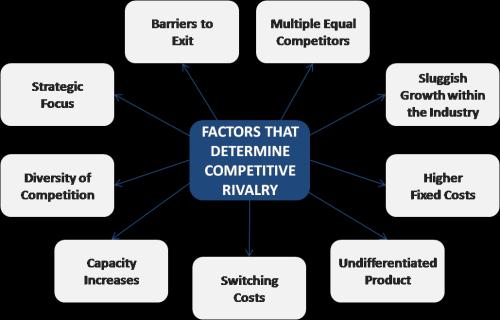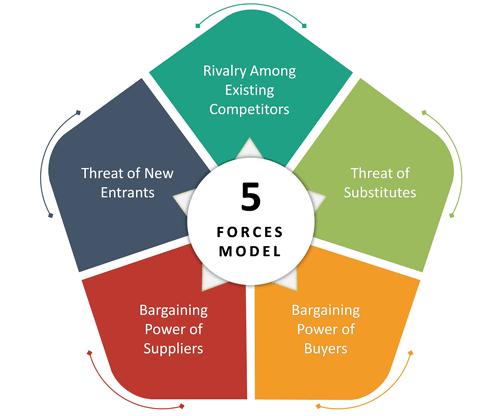
3 minute read
Key financial Terms
• Arbitrage pricing theory (APT) is a method for assetpricing model based on the ideathat an asset's returns can be predicted usingthe linearrelationship between the asset’s expected return and a numberof macroeconomic variables that capture systematicrisk. It is a useful tool for analysingportfolios from a value investing perspective, in orderto identify securities that may be temporarily mispriced.
• Rational choice theory define thatinvestors use rational calculations to make rational choices and achieve outcomes that are aligned with theirown financial interests.
Advertisement
• Prospect theory assumes that losses and gains are valued differently, and investors make decisions based on perceived gains instead of perceived losses.
• Cumulative Prospect Theory - It is a theory or model developed fordescriptive decisions beneath uncertainty and risk. In this case the weightingis applied in case of cumulative probability and not applied in individual outcomes.
• Monte Carlo Option Model is a method where simulations are used to model the probability of differentoutcomes in a process that cannot easily be predicted market variances. It is a technique used to understand the impact of risk and uncertainty in prediction and forecastingmodels.
Key financial Terms
• The binomial option pricing model is an options valuation method developed in 1979. The binomial option pricing model uses an iterative procedure,allowingfor the specification of nodes, or points in time, duringthe time span between the valuation date and the option's expiration date.
• The Gordon Growth Model (GGM) is used to determine the basic value of a stock based on a future series of dividends that grow at a constantrate.
• The InternationalFisher Effect (IFE) is an economic theory stating that the expected variations between,the exchange rate of two currencies is approximately equal to the difference between their countries' nominal interestrates. The International Fisher Effect (IFE) states that differences in nominal interest rates between countries can be used to predict changes in exchange rates.
Key financial Terms
• Capital Asset Pricing Model – Used to calculate Asset’s rate of profit or rate of return
• Arbitrage Pricing Theory – The asset value depends on macro and company specific factors
• Modern Portfolio Theory – The ratio of each asset must be chosen and combined carefully for minimum risk and maximum return
• Value at Risk Model – Calculate the risk involved in the financial market and defines the potential loss in value of a portfolio over a definite period of time and the potential risk involved
• Jenson’s Performance Index – Calculate the abnormal return of any financial asset in comparison with its expected return in any portfolio
• Paired comparisons. If you are consideringmultiple options, pairingthem and comparingtheir performance on key requirements allows you to quickly eliminate options, allowingonly the preferred options to progress to the next ‘round’. You could then use another decision making tool to make the final choice.
• PMI – plus/minus/interestingis a kind of ‘pros and cons’ list used to make binary yes/no decisions, where you also record any interestingimplications of the choice that do not clearly fit into the ‘plus’ or ‘minus’ columns. Before you start, it is importantto ensure that a binary decision is really what you are faced with, and that you are not excludingother valid options.
• The Pareto Principle states that 20% of inputs deliver 80% of results. It can be applied and holds true in a surprisingvariety of situations. If you are aware of where this principle applies in your business, you may be able to work out which change option could deliver the greatest benefits.
Watch out for biases and common psychological traps
Common psychological traps that can impair our decision making include:
• confirmation bias – uncritical acceptance of information that confirms existing beliefs
• false analogy – assuming that the situation is just like a previous one, ignoring the differences
• availability bias – allowing your mind to construct a narrative only from the information that is immediately in front of you
• tunnel vision – failing to see the ‘big picture’ while focusing on the detail
• vividness – ignoring more mundane alternatives in favour of the most vivid option, for example being swayed by a sales pitch into making an instant decision without considering alternatives
• sunk cost fallacy – giving weight to resources that have already been spent, when these do not have an impact on the future costs and gains of pursuing an alternative
• loss aversion – a preference for avoiding possible losses over pursuing possible gains.
Watch out for biases and common psychological traps
• The first step to avoidingthese traps is to be aware of them, but this is unlikelyto be enough to eliminatethem.
• Including more people in the decision could help, since it is easier to spot biases in others’ thinkingthat to recognise them in your own.
Crowdsourcing techniques have been shown to reduce errors in decision making, since they allow many people to pool their knowledge on an equal footing.





